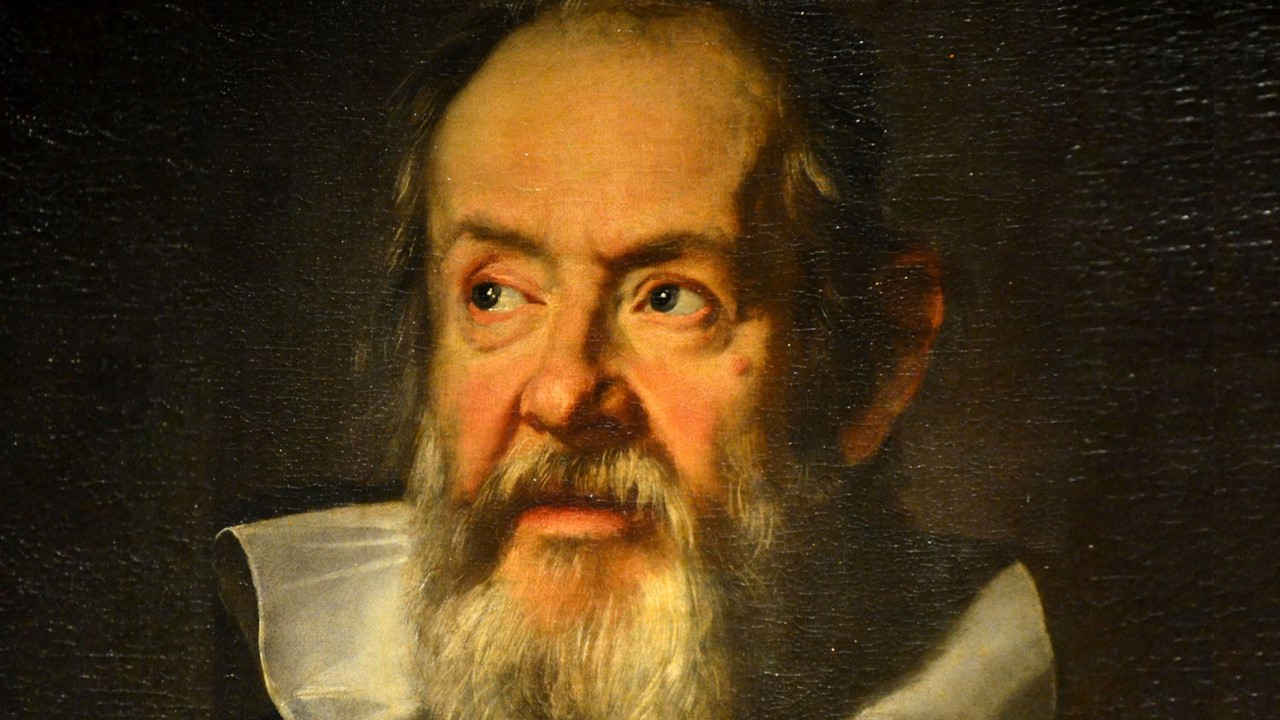
Collaborative instinct
Einstein mastered the art of collaboration like no other physicist of the time. He worked with his first wife Mileva Marić, British astronomer Arthur Eddington, with his professor, mathematician Hendrik Lorentz and most importantly with Indian physicist Satyendra Nath Bose, with whom he formulated the Bose-Einstein statistics and Bose-Einstein condensate.
Powerful Imagination
When Einstein first published his ideas in the early half of the 20th century, none in the scientific community took them seriously. They were too imaginative as well as complex at the same time. For example the concept of space-time curvature was first thought of in 1911 but only verified and accepted 8 years later when Arthur Eddington confirmed it.
Childlike curiosity
Einstein's work was a result of his childlike curiosity. He had once famously declared: 'Never lose a holy curiosity'. Despite several rumors, he was an excellent student who taught himself algebra at the age of 12. For simply wanting to learn was a pleasure for his kind. At the same age, he also discovered an alternative proof of Pythagorean theorem. By age 14, he had self-taught himself differential and integral calculus.
Challenging the norms
Einstein was also a rebel. As a 15 year old, he had clashed with the authorities at his school for differences on the teaching method. He later wrote that creative thought was lost in a strict rote learning and he hated it. He said: 'School failed me and I failed the school'. His father wanted him to become an electrical engineer but he went with physics against his father's wishes.
Einstein's big brain
There has been a lot of talk about Einstein's brain and why not. He was the greatest mind since Newton and perhaps more famous worldwide. After his death, it was found that Einstein's brain included a greater density of neurons in some parts of the brain. His prefrontal cortex, which is linked to planning, focused attention, and perseverance, was also greatly expanded, unlike other test brains observed.














 Physics, astronomy and science history blog for students
Physics, astronomy and science history blog for students